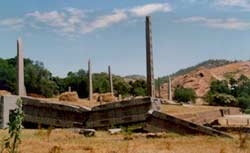To construct the entire rock-fill dam of the Lianghekou Hydropower Station, 20,000 tons of explosives were needed, equivalent to an atomic bomb dropped on Hiroshima.

The Lianghekou Hydropower Station on the Yalong River is a leading control project upstream among seven planned and constructed dams on the main course of the Yalong River in Sichuan Province, China. At the time of its construction, it was the tallest rock-fill dam in China and the second tallest in the world, second only to the Nurek Dam on the Vakhsh River in Tajikistan.
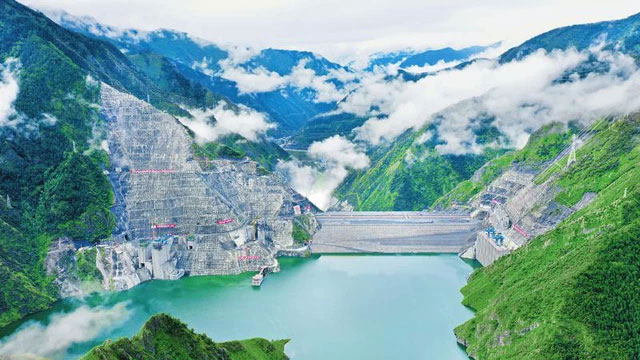
The Lianghekou Hydropower Station provides significant compensation and adjustment benefits for downstream power stations and has the capability to adjust over many years, significantly improving the irrational power supply structure of the Sichuan-Chongqing Grid during flood seasons and regulating power shortages during dry seasons. The primary purpose of developing this power station is to generate electricity, store water and energy, share flood control responsibilities for the middle and lower reaches of the Yangtze River, and improve transportation conditions of the Yangtze River channel during dry seasons. Its economic benefits are substantial. The dam construction site is located about 1.8 km below the mouth of the Qingda River, the main course of the Yalong River, with a controlled area of 65,599 square kilometers.
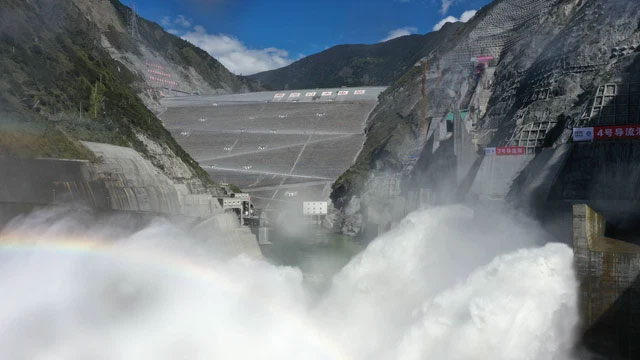
The Lianghekou Hydropower Station is located downstream at the main mouth of the Yalong River and its tributary, the Qingda River, in Sichuan. The average annual flow at the dam site is 664 cubic meters per second, with a normal reservoir level of 2865m, a corresponding storage capacity of 10.154 billion cubic meters, and an adjustable storage capacity of 6.560 billion cubic meters. The maximum height of the rock-fill dam core wall of the Lianghekou Hydropower Station is nearly 300 meters. The annual water flow is 20.9 billion cubic meters.
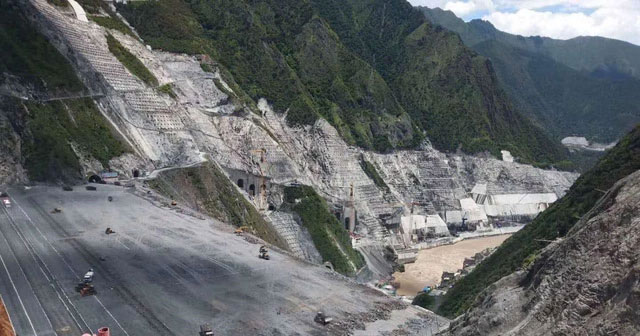
The total fill volume of the dam body of the Lianghekou Hydropower Station is 43 million cubic meters. This figure is equivalent to the volume of 6 National Stadiums in Beijing, China. The maximum slope of the Lianghekou Hydropower Station is 684 meters, which is 52 meters taller than the Shanghai Tower (632 meters), the tallest building in China. The dam of the Lianghekou Hydropower Station is 295 meters high, equivalent to the height of a 100-story building.
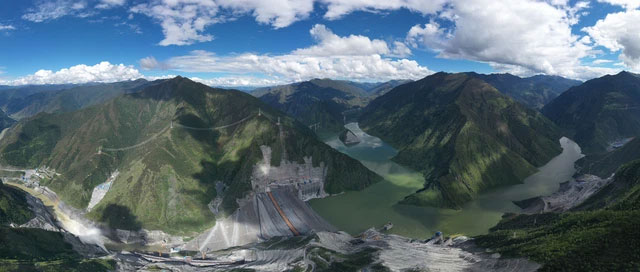
The total length of the underground power station of the Lianghekou Hydropower Station is 275.94 meters, with a maximum height of 66.80 meters and a width of 28.40 meters. The total storage capacity of the Lianghekou Hydropower Station exceeds 10 billion cubic meters, which can meet the annual water consumption of 25 million people. The maximum flood discharge velocity of the Lianghekou Hydropower Station is 54 m/s, ranking second in the world. The maximum discharge flow from a single hole of the tunnel spillway is 4,076 cubic meters per second, equivalent to the impact force caused by a convoy of 160 trucks weighing 25 tons traveling at 200 km/h.
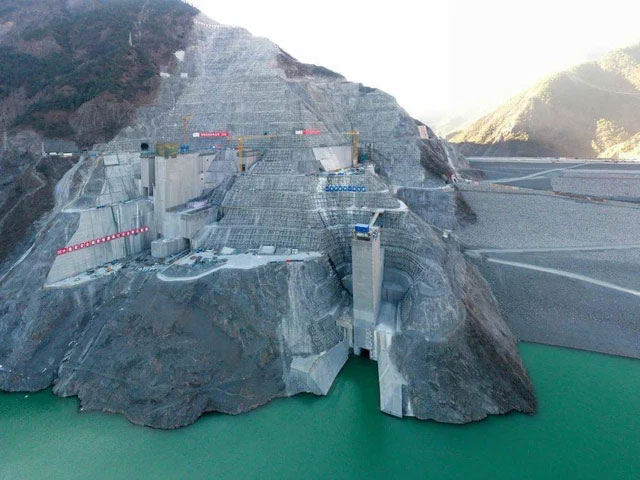
The annual electricity output of the Lianghekou Hydropower Station is 11 billion kWh, which can increase the annual electricity output of the downstream Yalong River, downstream Jinsa River, and the main course of the Yangtze River by approximately 34.2 billion kWh during dry seasons. Upon completion, it can reduce raw coal consumption by approximately 13.3 million tons and carbon dioxide emissions by 21.3 million tons per year, equivalent to building 4 coal mines with an annual output of 4 million tons.
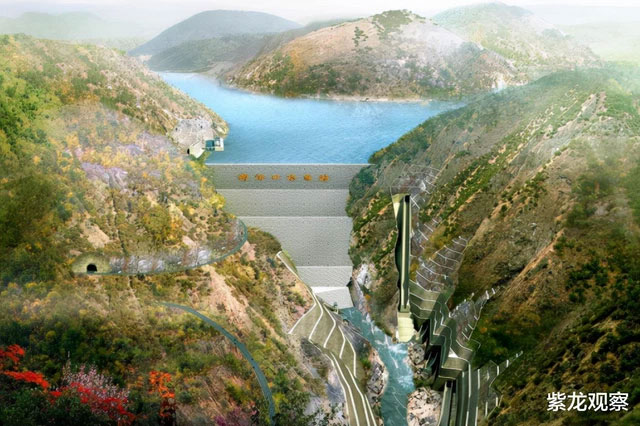
The construction of the project began in October 2014. The Yalong River originates from the southern foot of the Bayankala Mountain Range on the Qinghai-Tibet Plateau and flows through the autonomous prefectures of Garze, Liangshan, and the city of Panzhihua in Sichuan Province. The main course of the Yalong River has a total length of 1,571 km, with a natural drop of 3,830 meters, ranking third among the 13 hydropower plants planned throughout China. The total approved investment is 66.457 billion yuan, expected to be completed in 2023.
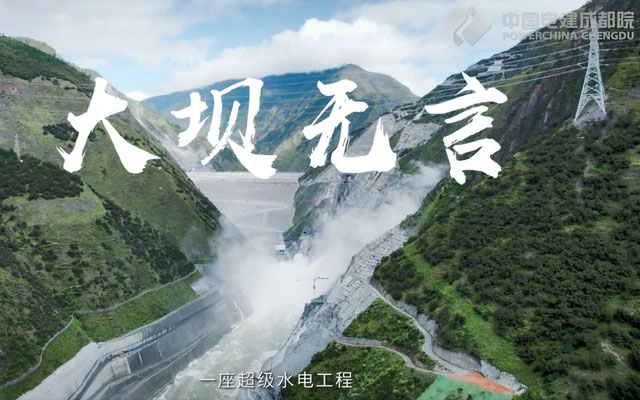
As the name suggests, rock-fill dams are barriers made of earth, rock, or local mixed materials, very different from concrete arch dams and gravity dams. The fill volume of a concrete dam is less than a few million tons; for a massive dam like the Three Gorges Dam, the concrete fill volume can even exceed 70 million tons. The cost of each ton of concrete is over 100 yuan (360,000 VND), so just the cost of concrete alone can reach hundreds of millions of yuan. If located in flat areas or places with convenient road traffic, this concrete price may still be acceptable; however, the Lianghekou Hydropower Station is situated in high mountains and deep valleys, making transportation extremely inconvenient, which significantly increases the concrete transportation costs. Moreover, when transportation is hindered by bad weather, the difficulty in supplying roads can severely affect the project’s progress. Therefore, builders had to utilize local materials and the most common local gravel for construction.
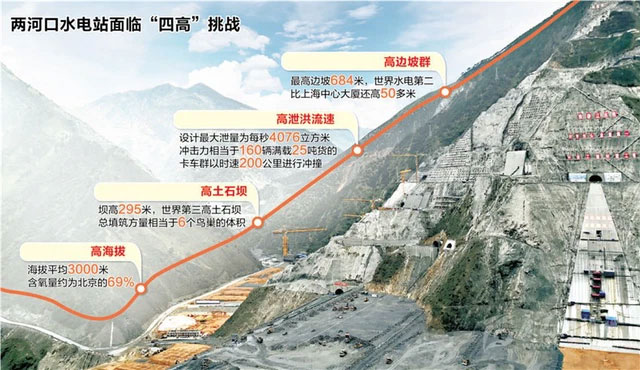
The core wall at the center of the dam is filled with clay that has good waterproofing capabilities, while the protective shell is filled with sand and gravel that can withstand extreme compression. This sand and gravel have been rigorously screened; not only must their specific strength be very high, but their size must also be uniform and well-graded to fill the gaps between the sand and gravel during compaction, enhancing the overall strength of the dam. Sand and loose gravel themselves do not have strength; rock-fill dams need to rely on the compaction of sand and gravel to maintain their strength, therefore, the thickness of rock-fill dams is often very large.
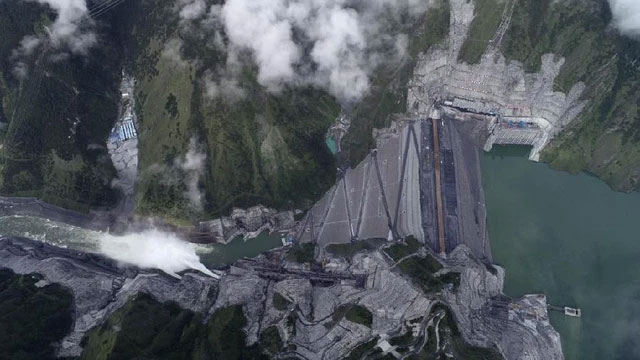
The amount of sand and gravel filled at the Lianghekou Hydropower Station has reached 100 million tons, more than the Three Gorges Dam. To maintain such a massive supply of sand and gravel, the construction project of the Lianghekou Hydropower Station had to destroy several mountains to create quarries. To build the entire rock-fill dam, 20,000 tons of explosives were required, equivalent to an atomic bomb dropped on Hiroshima.









































